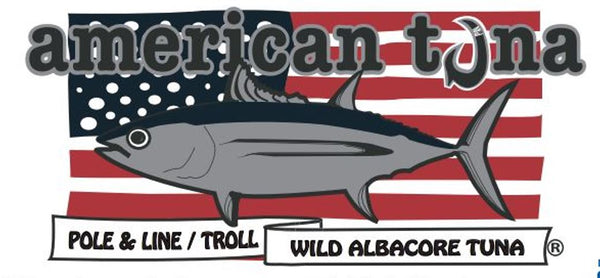Understanding the Distinct Flavors of Wild Salmon
When it comes to catching wild salmon, each species offers its own unique taste experience. Two popular varieties that stand out in the market are Chinook (King) and Pink salmon.
These distinct fish varieties not only differ in taste but also provide impressive salmon nutrition benefits that make them excellent choices for health-conscious consumers.
Chinook Salmon: The Premium Choice
Chinook salmon, also known as King salmon, earned its royal nickname for good reason. This prized fish is considered the cream of the crop in the salmon world.
What makes Chinook special is its rich, buttery flesh with a smooth, melt-in-your-mouth texture. This comes from its naturally high oil content, which also gives it that beautiful deep red-orange color.
The flavor is robust and full-bodied, making it a favorite among seafood connoisseurs. When you open a can of Chinook salmon, you'll notice large, tender flakes that maintain their moisture perfectly.
Preparing Chinook Salmon
The natural richness of Chinook makes it incredibly versatile in the kitchen. Here's why it's so great to work with:
- Its higher fat content helps it remain moist during cooking
- The oils create a beautiful caramelized exterior when grilled
- The natural fats preserve its tender texture when canned
- It needs minimal seasoning to taste amazing
Pink Salmon: The Lighter Alternative
Pink salmon takes a different approach to delicious. This variety offers a lighter, more delicate flavor profile that many people prefer.
The flesh is a lighter pink color and naturally lower in fat than Chinook. This makes it an excellent choice for those who enjoy seafood but prefer subtle flavors.
Its softer, finer texture sets it apart from other salmon varieties. This unique characteristic makes it especially suitable for certain dishes.
Best Uses for Pink Salmon
Pink salmon's versatility makes it a kitchen staple. Here's where it really shines:
- Perfect in salmon salads where you want the other ingredients to share the spotlight
- Ideal for sandwiches and wraps
- Great for people just starting to enjoy seafood
- Excellent for recipes that call for shredded or flaked salmon
Salmon Benefits: A Nutritional Powerhouse
Both varieties of salmon pack an impressive nutritional punch. Research continues to show the benefits of salmon in a healthy diet.
When it comes to salmon nutrition, both species deliver:
- Heart-healthy omega-3 fatty acids
- High-quality protein
- Essential vitamin D
- Important B vitamins
- Valuable minerals like selenium
Making Your Choice
Choosing between Chinook and Pink salmon really comes down to your personal taste and how you plan to use it.
Go with Chinook when you want:
- Premium salmon flavor
- Rich, full-bodied taste
- Higher oil content
- Maximum omega-3s
Pick Pink salmon when you prefer:
- Lighter, more delicate flavor
- Lower fat content
- More affordable option
- Versatility in recipes
The good news? Both options are excellent sources of nutrition. Whether you're making a quick lunch or preparing a special dinner, the catching wild salmon process ensures you're getting a natural, healthy protein choice.
Remember, both varieties offer remarkable benefits of salmon while suiting different palates and purposes. The key is choosing the type that best matches your taste preferences and cooking plans.

